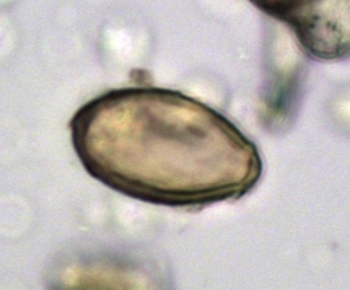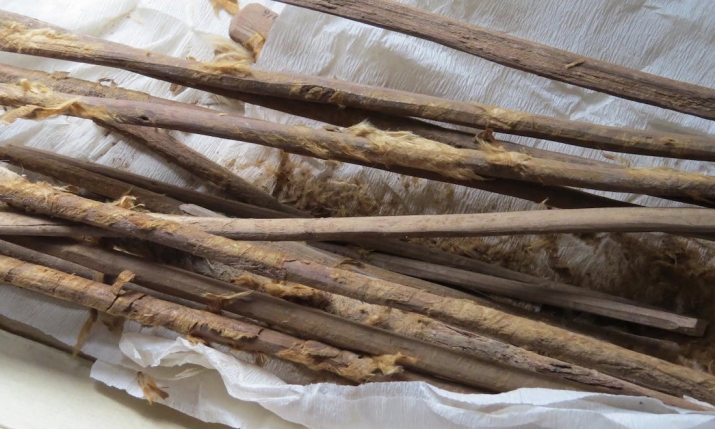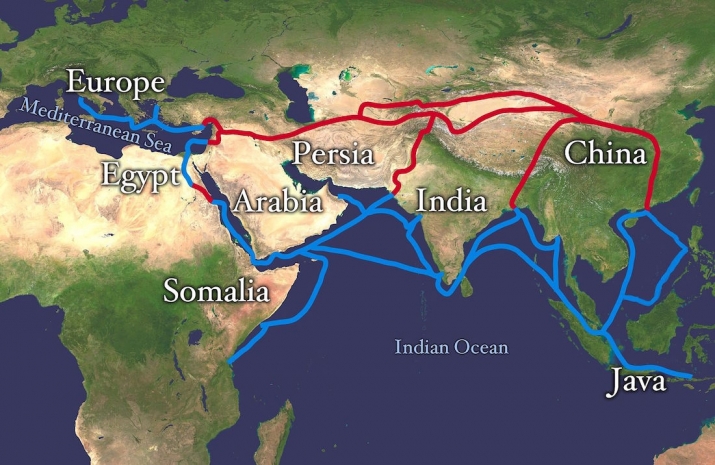Fabled throughout history, the legendary Silk Road network of trade passages that spanned Asia and beyond is renowned for linking major regions of the ancient world in commerce and for aiding the propagation of Buddhism throughout East, Central, and Southeast Asia. New archaeological research now reveals that as well as bearing silk, spices, and other valuable goods, travelers along the Silk Road were also responsible for the spread of infectious diseases across vast distances.
According to a paper published in the Journal of Archaeological Science: Reports, a team of scholars studying samples from a 2,000-year-old latrine in northwest China have uncovered the first archaeological evidence confirming that the Silk Road enabled the transmission of diseases such as the bubonic plague, leprosy, and anthrax. The team, which includes researchers at Britain’s University of Cambridge and China’s Academy of Social Sciences and Gansu Institute for Cultural Relics and Archaeology, studied ancient fecal samples found on what the paper delicately termed “personal hygiene sticks”—sticks of bamboo or wood wrapped with a piece of cloth—and found evidence of “ancient parasite eggs” of roundworm, whipworm, tapeworm, and Chinese liver fluke. The personal hygiene sticks were unearthed from an ancient latrine in Xuanquanzhi, in modern Gansu Province, north-central China, a known popular rest stop for travellers on the Silk Road. The latrine is thought to date from 111 BCE and to have been in use until 109 CE.
 Under the microscope: a Chinese liver fluke egg discovered in the latrine at Xuanquanzhi. From sciencefocus.com
Under the microscope: a Chinese liver fluke egg discovered in the latrine at Xuanquanzhi. From sciencefocus.comCambridge researchers Hui-Yuan Yeh and Piers Mitchell used microscopy to study the preserved feces. “When I first saw the Chinese liver fluke egg down the microscope I knew that we had made a momentous discovery,” said Yeh. “Our study is the first to use archaeological evidence from a site on the Silk Road to demonstrate that travelers were taking infectious diseases with them over these huge distances.” (University of Cambridge)
The Chinese liver fluke, which causes abdominal pain, diarrhea, jaundice, and liver cancer, requires wet, marshy areas to complete its lifecycle and could not have been endemic in the dry Xuanquanzhi region, located at the eastern end of the harsh Tamrin Basin, which contains the arid Taklamakan Desert, according to the researchers. As such, the discovery indicates that a person who became infected with the liver fluke in eastern or southern China was able to travel the huge distance to this relay station along the Silk Road—at least 1,500km. Scientists had previously suspected that ancient travelers carried infectious diseases along the Silk Road, as similar strains of some diseases were found in China and Europe.
“Until now there has been no proof that the Silk Road was responsible for the spread of infectious diseases,” said study lead Piers Mitchell. “They could instead have spread between China and Europe via India to the south, or via Mongolia and Russia to the north.” (University of Cambridge)
“Now for the first time we know that liver fluke definitely did come along the Silk Road, and if so, we can assume that other diseases came by the same route. It’s always nice to have proof.” (The Guardian)
The ancient network of trade routes—which takes its popular name from the lucrative trade in Chinese silk products that was conducted along its length, beginning during the Han dynasty (207 BCE–220 CE)—was key to cultural as well as commercial interaction throughout Asia and as far west as the Mediterranean Sea. Trade on the Silk Road was a significant factor in the development of civilizations in China, the Indian subcontinent, Persia, Europe, Africa, and Arabia, enabling long-distance political and economic relations between the civilizations. Although commercial activity was the principal enabler, the Silk Road also led to cultural exchanges and the spread of syncretic philosophies and religious thought, including Buddhism, Christianity, and Islam.
See more
Early evidence for travel with infectious diseases along the Silk Road: Intestinal parasites from 2000 year-old personal hygiene sticks in a latrine at Xuanquanzhi Relay Station in China (Journal of Archaeological Science: Reports)
Ancient faeces provides earliest evidence of infectious disease being carried on Silk Road (University of Cambridge)
Ancient bottom wipers yield evidence of diseases carried along the Silk Road (The Guardian)
How we discovered infectious diseases in 2,000-year-old faeces from the Silk Road (Science Focus)
Archaeological Find Reveals New Silk Road Route (Buddhistdoor Global)

















